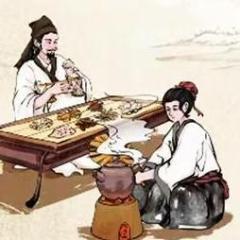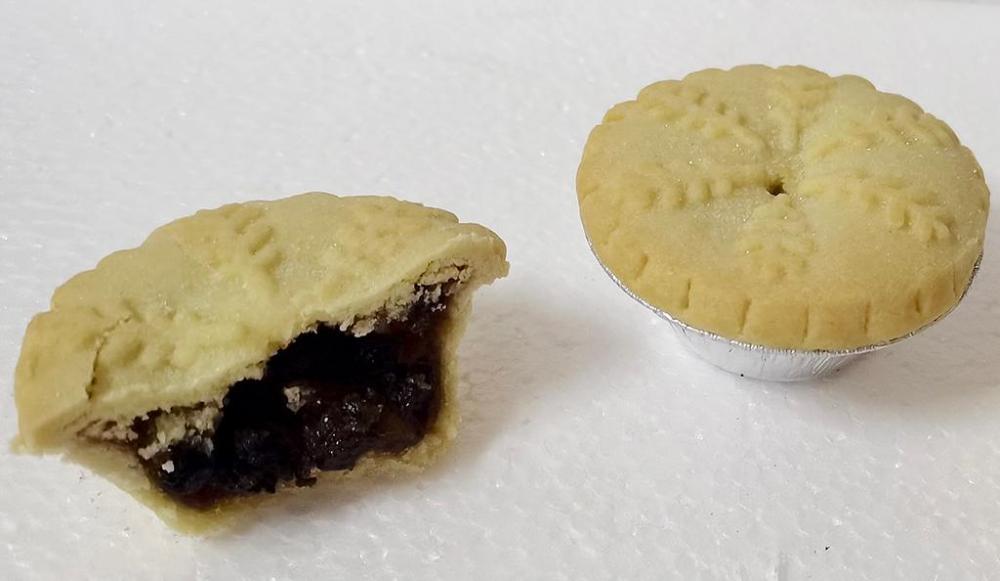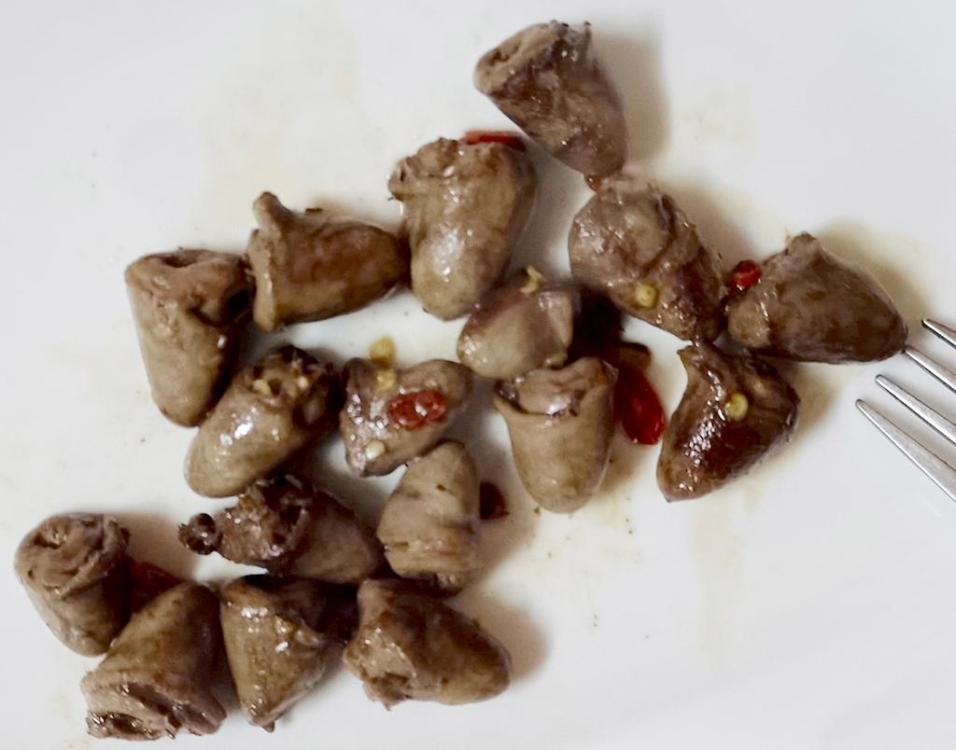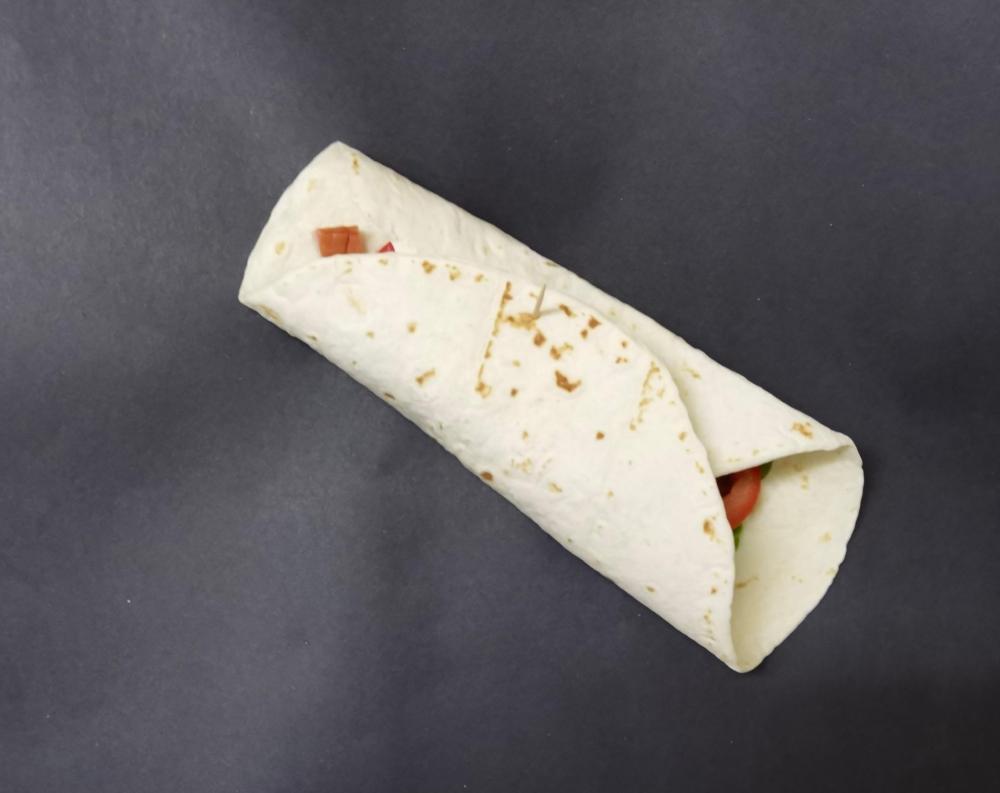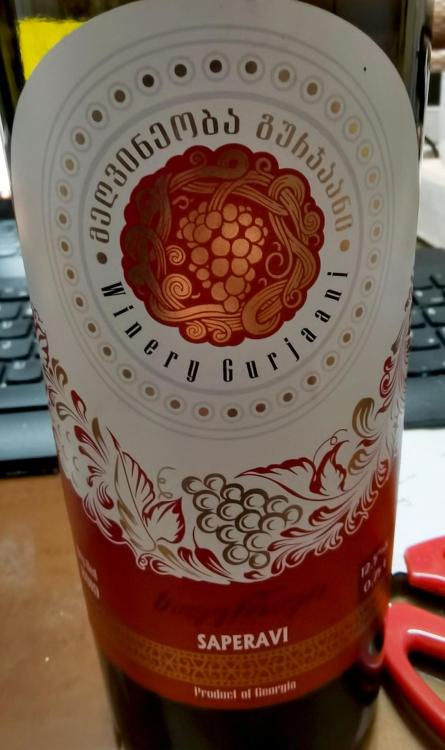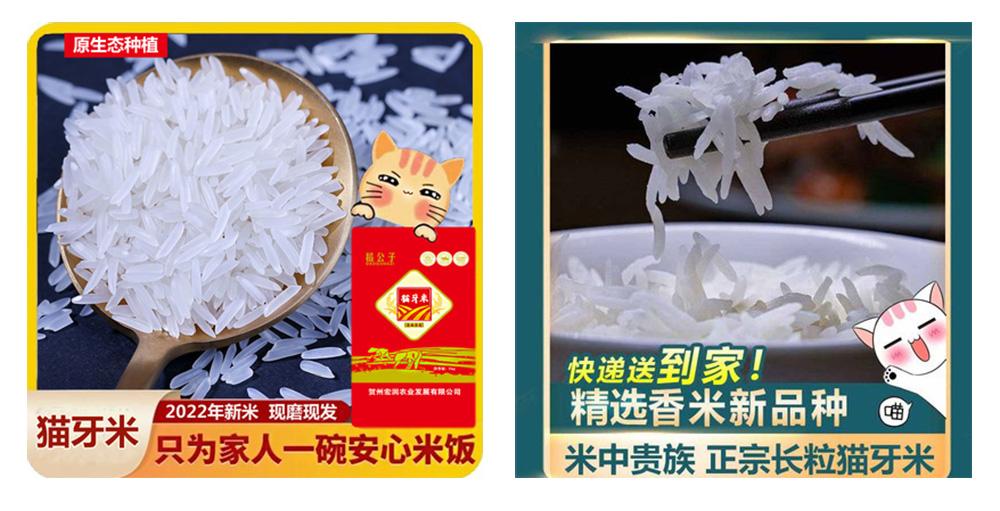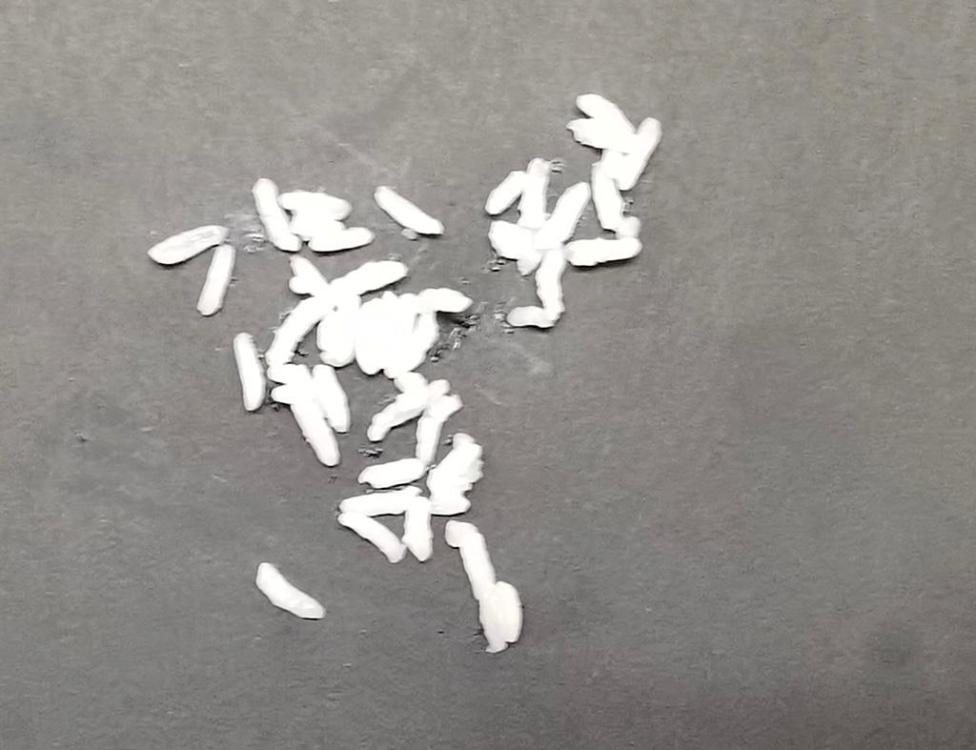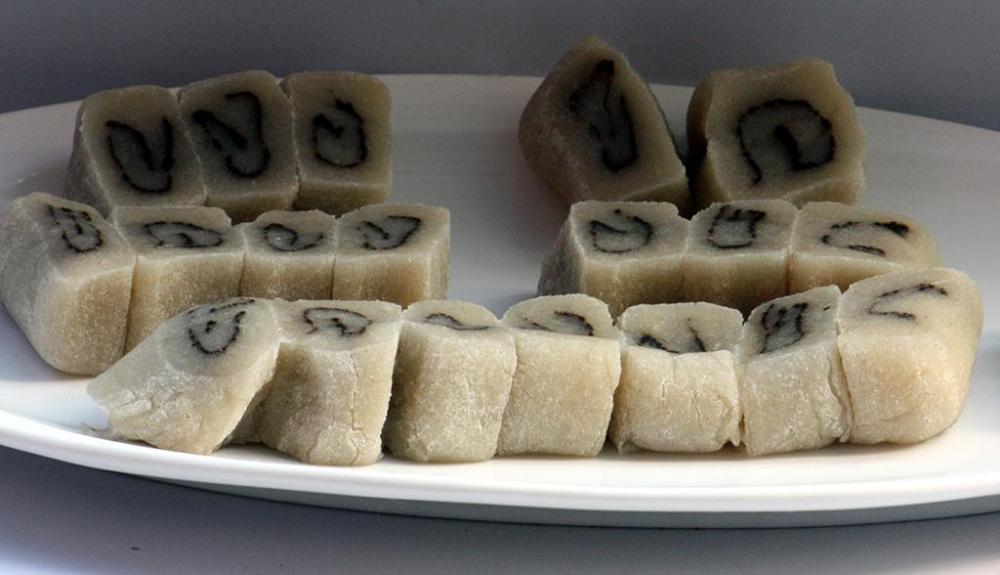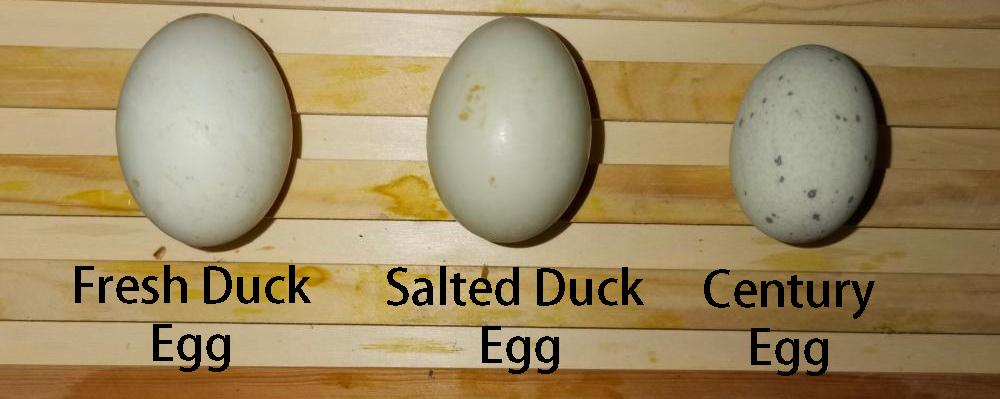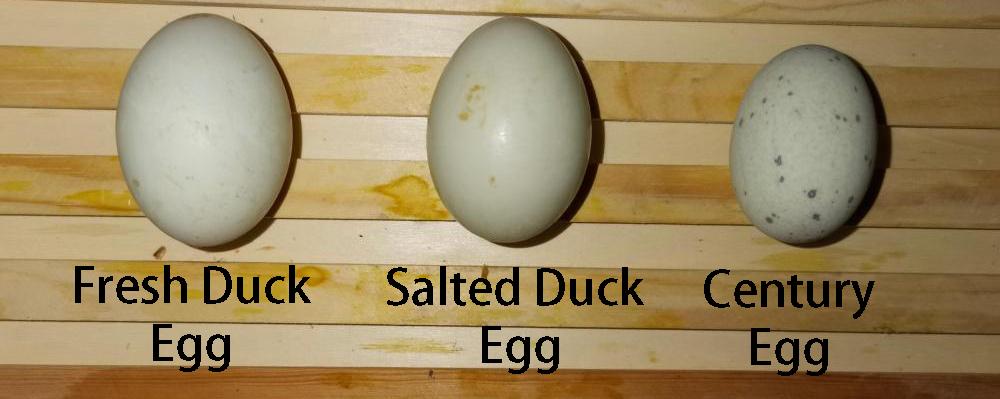-
Posts
16,674 -
Joined
-
Last visited
Content Type
Profiles
Forums
Store
Help Articles
Everything posted by liuzhou
-
I presume you mean jiaozi dumplings. 饺子 or 餃子 depending on which script the manufacturers use. If so, simple. Bring a pot of water to the boil and add frozen dumplings. The water will immedaitely come off the boil. Take a cup or rice bowl of cold water and add to the pan. Bring back to the boil. Repeat twice. The ddumplings should be floating and ready to eat. Drain and serve with a soy and vinegar dip or dip of your preference. Alternatively, they can be served in soup or fried as potstickers.
-
-
Just noticed this. Celery (of any kind) is unusual in jiaozi. I don't think I've ever seen it before, but why not indeed? I love that the cooking instructions stick to the three cup technique, although here it's three rice bowls of cold water. Points have to be deducted, though for their use of the Japanese term 'gyoza' for their products. What's wrong with 'jiaozi'? Frozen dumplings are all most people have in the freezer here - they only really make from scratch at festivals. There are some very good frozen examples.
-
That is a well-known translation problem. The third and fourth characters make up pairs with the second and fifth repectively. 水泼 (water splash) and 辣鸡 (spicy chicken) should be translated seperately as, unfortunately the combination 泼辣 does mean "rude and unreasonable". The correct translation should be something like "Sichuan oil-splashed spicy chicken". Now you are free to wonder how water became oil!
-
I notice that recipes for the hearts are bizarre when it comes to cooking times. One online recipe suggests frying them for up to 25 mintutes! Mine had about three! Those in the recipe would be inedible. They toughen up once they get beyond medium rare, something the recipe acknowledges far too late.
-
Next time, I'll take a picture of how the hearts arrive. Cased in fat and blood and membranes and often, laced with ventricles and veins. They definitely, in my book, need removing. Apart from the aesthetics and health implications, they can make the hearts bitter. I'm guessing that those who think no prep is necessary are buying hearts that have been at least partially prepped by the vendors. Mine come simply torn from the chest. These below from a while ago are a lot more prepped than mine were this time, but I still trimmed a lot of that fat off.
-
Fried me some chicken hearts with chilli and ground cumin. I do love chicken hearts, but prep is a pain, so don't make as often as I should.
-
I'd just make bouillabaisse and get it all over in one swell soup.
-
I've seen them advertised online, but never in a store. I don't know anyone who owns one. They would, I suppose, have some applications in Chinese cuisine, but not many. The thing to have currently is an Instant Pot clone, but then they've long been into pressure cookers. I don't have an IP or pressure cooker, either. Just a wok, a rice cooker and a slow cooker. I'm happy.
-
I tend to differentiate. We get pea sprouts and we get pea shoots The sprouts need wilting at most. The shoots need a minute or two in the wok. The only difference really, is age. If it's any comfort the Chinese names are equally confusable.
-
At its most basic, when (s)he is the only chef in a restaurant.
-
There is certainly a post-Covid effect (in those countries which are in a 'post' stage. Many still aren't.) During lockdowns and other restrictions, restaurants are among the first to go. It's a very precarious industry. Thousands of restaurants never re-open. Also, during lockdowns and isolation, many hospitality workers have been asking themselves if it is worth the stress and long unsociable hours for, in most caases, little reward. They are seeking alternatives. It is everywhere.
-
I should, in a spirit of full disclosure, state a non-interest in the subject. I do not own an air frier; nor have I any desire to do so.
-
It's from the Black Forest of Qingdao, Shandong Province, north-eastern China. Supposedly, German style. Shandong was under German control pre-revolution and Qingdao has a load of German architecture. It also has Tsingtao* Beer made in the brewery built by Germany. * The old transliteration for Qingdao.
-
It’s official – air fryers can save you money. But there are even cheaper ways to cook
-
I've gone a bit European tonight. "Black Forest Ham" salad in wraps. Served with a lovely Georgian red.
-
If he had just come back with the feet, neck and head, he would be considered a genius shopper round here.
-
No experience either, but that was my first thought. If you are running such an oven making multiple pizzas a day, every day, then it would make sense. For home use, forget it.
-
The only part I ever eat are the leaves; they make a good dish stir-fried greens. Probably more healthy than the berrries.
-
54. 猫牙米 (māo yá mǐ) This is a bit strange. I came across it a few days ago and was intrigued, so I acquired the smallest acceptable amount (2.5 kilos) in order to test it. It is a hybrid of Oryza sativa subsp. indica, the main Chinese rice. This particular and unusual hybrid is grown here in Hezhou, Guangxi. Google is silent on the subject apart from someone in Hunan having designed a bag for the stuff. I can’t claim this is a huge part of the local cuisine – yet. It has only recently been introduced. Called 猫呀米 (māo yá mǐ), literally ‘cat tooth rice’, it is so named for its alleged longer than average grains’ supposed resemblance to Felix's dental equipment. Their advertising images certainly suggest a very long grain. Advertising for Cat Tooth Rice (猫牙米) They also provide a comparison chart for grain length. From L-R: Cat Tooth Rice, Thai Hom Mali, Unspecified 'Foreign Rice' and Domestic Rice. For the rice cooker, they suggest a rice to water ratio of 1:1.3, which is a bit more water than I normally use, but I followed their advice in a spirit of experimentation. Cooked Cat Tooth Rice (猫牙米) Despite meticilulously following their instructions, the cooked rice is overdone – as I suspected it would be. Too much water. As to the grain, it is little or no longer than the Thai Hom Mali rice I usually use. Cooked Cat Tooth Rice (猫牙米) Bah humbug! It’s OK rice, but nothing special. I see congee in my future.
-
Osmanthus Flowers The only osmanthus sweets I've had are these popular, bite-sized examples from Guilin. Over-sweet for me. I've always considered osmanthus to be more of a scent than a flavour. The local parks are full of osmanthus trees and people sell the flowers on the streets as a sort of modern nosegay. However, it is put into all sorts of things; beer, tea (as like in jasmine tea), wine, baijiu strong spirit, cigarettes (?), jam, honey, ice cream and several cake-like items. I think goji berries are the biggest con ever. Superfood? Give me a break!
-
53. 茶 (chá) Tea - Liuzhou Some news brings me back here. On Tuesday 29th November in Rabat, Morocco, at the 17th regular session of the UNESCO Intergovernmental Committee for the Safeguarding of Intangible Cultural Heritage of Humanity, a submission on the “Chinese Traditional Tea Making Skills and Related Customs” of Guangxi was passed. It covers tea plantation management, tea picking, and tea making. In addition to the knowledge skills and practice of drinking and sharing tea , this includes the production skills of Guangxi tea and the customs of the ethnic minorities producing the tea. Various Guangxi cities, including Liuzhou, Guilin, Wuzhou and Hengzhou plant tea as raw material then pick, dry, fix, roll it along with other processes. These traditional techniques produce tea with the appearance of being dark brown, yellow and red and with a mellow, sweet taste. The recognition specifically includes the ‘oil tea’ (which already has Intangible Heritage status in its own right) that I have previously described as being used by most of the ethnic minorities, especially the Yao who get a special mention in the citation.
-
You are correct; but I don't know how. No, there is no way to tell just by looking at the shell. The first two are sea duck eggs which tend to be larger than land ducks, but size isn't a clue, either. The vendors have to keep them strictly segregated or they don't know.
-
It's the same in London. Suddenly Cantonese is the minority Chinese language there (as it is in China even more so.)
-
More important than the amount of oil is the temperature. Your description of 'sticking together' suggest to me the oil temp is too low. However, too little oil is worse than too much, at least in shallow frying. Chinese chefs scrupulously avoid adding more oil to a dish once they've started their stir-fries. As you've noted, the temperature drops (even further) and the dishes end up oily. Too much oil, especially in deep frying, is simply a waste and dangerous, too.


